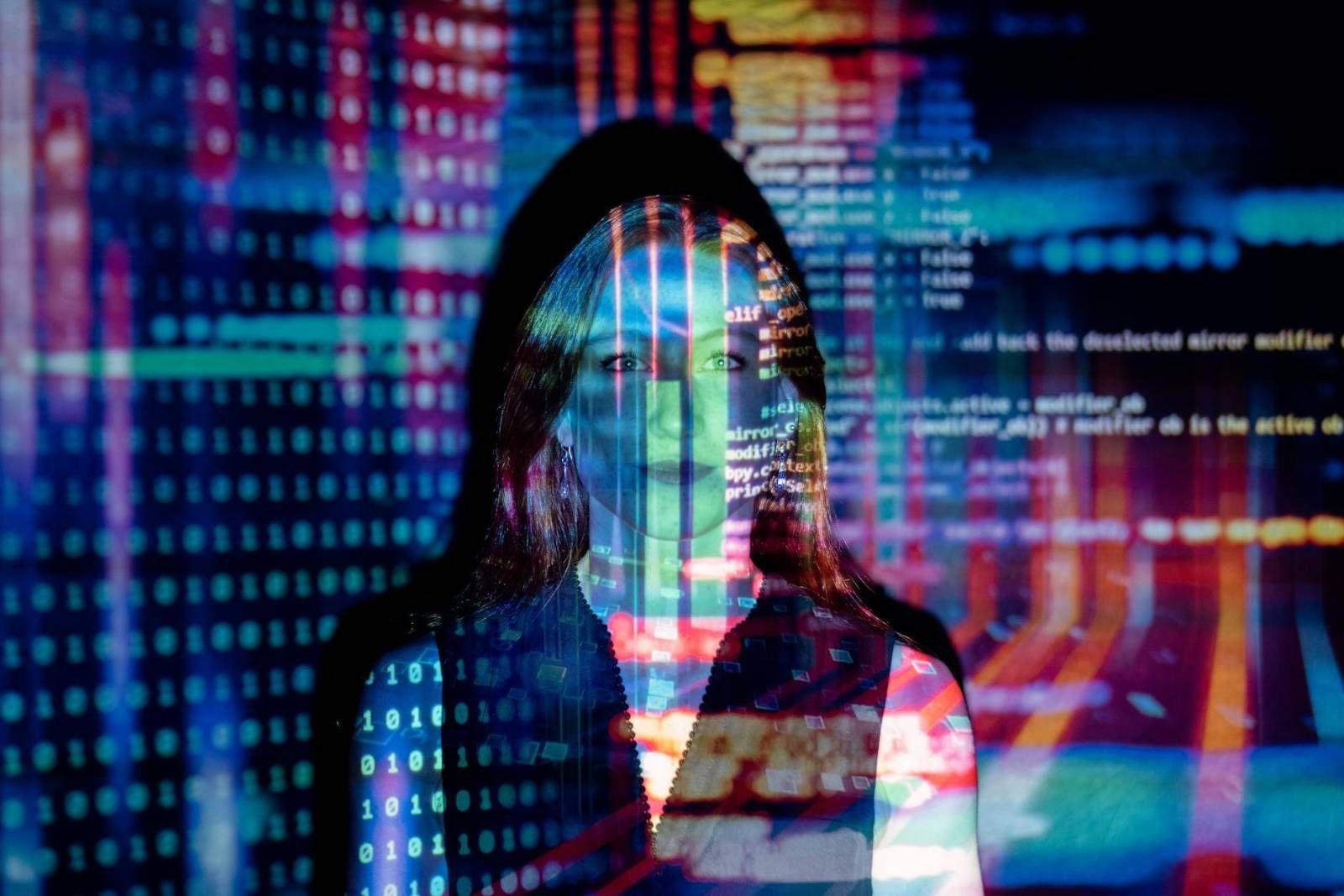

Let’s learn more about this topic below with Bottle Flip. NSFW AI prompts have become a controversial yet intriguing aspect of artificial intelligence applications. This article explores their nature and usage in various contexts.
NSFW AI prompts, short for “Not Safe For Work” artificial intelligence prompts, are input instructions designed to generate content that is considered inappropriate, explicit, or potentially offensive in professional or public settings. These prompts often involve adult themes, sexual content, violence, or other sensitive topics that push the boundaries of what’s typically considered acceptable in mainstream discussions. The use of NSFW AI prompts has gained attention in recent years as AI language models and image generation tools have become more sophisticated and accessible to the general public.
The concept of NSFW content isn’t new, but its intersection with AI technology has opened up new possibilities and challenges. AI models, trained on vast amounts of data from the internet, have the capability to generate text and images based on user prompts. When these prompts are deliberately crafted to produce NSFW content, the results can range from mildly suggestive to extremely explicit. It’s important to note that the use of NSFW AI prompts is a contentious issue, raising questions about ethics, legality, and the responsible development of AI technologies.
NSFW AI prompts come in various forms, catering to different purposes and platforms. Here are some common types:
These prompts are used with language models to generate written content. They can range from romantic scenarios to explicit erotic stories. Text-based NSFW prompts might be used to create adult fiction, role-playing scenarios, or even generate dialogue for adult entertainment productions. The complexity of these prompts can vary greatly, from simple single-sentence instructions to elaborate multi-paragraph setups that provide detailed context and character descriptions.
With the advent of AI image generators, NSFW prompts have expanded into the visual realm. Users can input text descriptions to create digital artwork or photorealistic images with adult themes. These prompts often require careful wording to achieve the desired results while navigating the limitations and safeguards built into many AI image generation tools. The use of image generation prompts for NSFW content has been particularly controversial, raising concerns about consent, exploitation, and the potential for creating deepfakes or other misleading visual content.
As AI voice synthesis technology advances, NSFW prompts are also being used to generate adult-oriented audio content. This can include everything from simulated conversations to voice acting for adult animations. The ethical implications of using AI-generated voices for explicit content are still being debated, especially when it comes to replicating or mimicking real people’s voices without their consent.
While the use of NSFW AI prompts is often controversial, there are various applications where they are being employed, both openly and discreetly. It’s crucial to approach this topic with an understanding of the ethical considerations and potential consequences involved. Here are some common use cases:
Many writers and content creators use NSFW AI prompts as a tool for brainstorming or generating ideas for adult-oriented fiction. This can include romance novels, erotic literature, or even scripts for adult entertainment. The AI’s ability to generate diverse scenarios and descriptions can serve as a starting point or inspiration for human writers. However, it’s important to note that the output from AI should be carefully edited and refined by human authors to ensure quality, coherence, and originality.
In some cases, NSFW AI prompts are used to create entire stories or narratives. This practice has led to discussions about the nature of authorship and creativity in the digital age. Critics argue that AI-generated stories lack the depth and emotional nuance of human-written works, while proponents see it as a new frontier in creative expression. Regardless of one’s stance, the use of AI in this context has undoubtedly opened up new possibilities for content creation in the adult entertainment industry.
Artists and designers are experimenting with NSFW AI prompts to create digital artwork and illustrations. This can range from tasteful nudes to more explicit content. The use of AI in this context has sparked debates about the definition of art and the role of human creativity. Some artists use AI-generated images as a base or inspiration for their own work, while others incorporate AI-generated elements into larger compositions.
The ability to quickly generate diverse and unique images has also led to new forms of digital art collections and NFTs (Non-Fungible Tokens) in the adult content space. However, this practice raises questions about copyright and ownership, as the legal status of AI-generated art is still a gray area in many jurisdictions.
The adult entertainment industry has shown interest in incorporating AI-generated content into its productions. This includes using NSFW AI prompts to create backgrounds, generate ideas for scenes, or even produce entire segments of content. Some companies are exploring the use of AI-generated performers, raising complex ethical questions about consent and representation.
While the use of AI in this industry offers potential cost savings and increased content production, it also faces significant pushback. Concerns include the potential for AI to exacerbate unrealistic body standards, the risk of creating non-consensual content, and the impact on human performers in the industry.
The use of NSFW AI prompts is fraught with ethical and legal challenges. As this technology continues to evolve, society is grappling with how to address these issues. Here are some key considerations:
One of the most pressing concerns surrounding NSFW AI prompts is the issue of consent. When AI is used to generate realistic images or videos of individuals in explicit scenarios, questions arise about the rights and privacy of the people whose likenesses might be used or simulated. This is particularly problematic when it comes to deepfakes or AI-generated content that appears to depict real individuals in compromising situations.
The potential for abuse is significant, as NSFW AI prompts could be used to create non-consensual pornography or blackmail material. This has led to calls for stricter regulations and better safeguards in AI systems to prevent such misuse. Some jurisdictions have already begun to implement laws specifically targeting deepfakes and non-consensual intimate imagery, but the rapid advancement of AI technology often outpaces legislative efforts.
The use of NSFW AI prompts also raises complex questions about copyright and intellectual property rights. When an AI generates content based on a prompt, who owns the resulting work? Is it the person who wrote the prompt, the developers of the AI system, or is the work considered to be in the public domain? These questions become even more complicated when the AI-generated content incorporates elements that resemble existing copyrighted works.
For creators and businesses using NSFW AI prompts, navigating these legal uncertainties can be challenging. There’s a risk of inadvertently infringing on someone else’s intellectual property or finding oneself in a legal gray area regarding the ownership and distribution rights of AI-generated content.
Many online platforms and AI service providers have strict policies against NSFW content, including that generated by AI. This has led to ongoing debates about censorship, freedom of expression, and the role of technology companies in policing content. Some argue that blanket bans on NSFW AI-generated content are overly restrictive and stifle creativity, while others maintain that such policies are necessary to prevent abuse and protect vulnerable users.
Content moderation in this context is particularly challenging. AI-generated NSFW content can be difficult to distinguish from human-created content, and the sheer volume of material being produced makes manual review impractical. As a result, platforms are increasingly relying on AI-powered moderation tools, which can sometimes lead to false positives or negatives in content flagging.